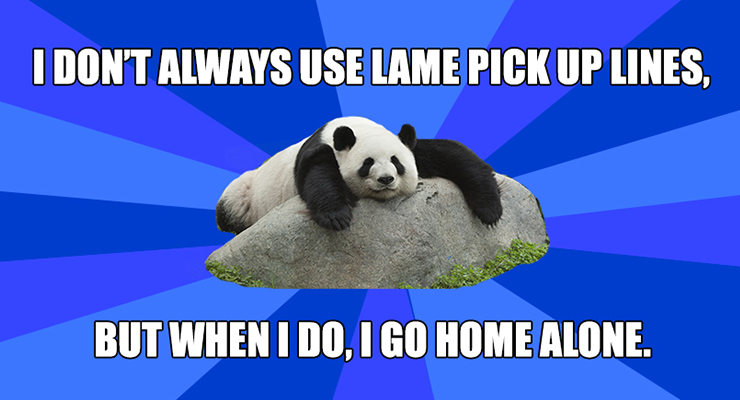

Dating is a famously frustrating experience, with 100 percent of active daters reporting dissatisfaction with the process.
OK, so that’s a fake statistic. But the fact is, most people would prefer to not date more than they have to. They’d rather find the right person, the first time, and start the fun part of getting to know each other.
Instead, a huge number of singles look for love using algorithms. But with even the most sophisticated software combing through piles of personal data, it’s still two random strangers being thrown together. In fact, according to Pew Research Center, one-third of online daters don’t bother following through with their algorithmically driven matches. (That’s a real statistic.)
Essentially, this is the difference between run-of-the-mill programmatic advertising and programmatic with data-driven creative optimization. Using one-size-fits-all retargeting technologies, many brands are the digital equivalents of unwelcome dates. They follow us around, often uninvited, bombarding us with the same message over and over.
Thanks to intelligent, data-driven advertising, brands can finally bring more sophistication to their quest for love.
Match-makers vs. algorithms
Think of static banners as that guy at the bar who uses the same tired pickup lines all night long. Though he’s shot down time and again, he soldiers on. He’s playing a numbers game: quantity, not quality.
That’s what most brands are doing with their programmatic: covering the most ground possible with the least amount of effort. They may target certain demographics, and they may think they’re personalizing their ads, but their ROI is still measured in fractions of percentages.
Using data-informed content, brands can aspire to love connections, not just more dates. By changing their messages and assets to reflect the consumer’s genuine needs — in real-time — digital marketers find greater resonance with a larger audience.
There’s no question that this is the future. According to a report by Magna Global, nearly half of consumers “expect brands to know me and offer me something I didn’t even know I wanted.” Consumers are also twice as likely to interact with content when it’s delivered in real-time.
This points to a clear demand for programmatically driven creative that’s customized at a high level to the consumer’s needs and expectations. For advertisers who get on board, data-driven advertising becomes the match-maker who’s given great thought to both parties’ needs. Ultimately, there’s a greater chance for true love.
The right message, at the right time
Is there anything worse than a bad date? It’s a waste of time, energy and often money. At the end of dinner, you never want to see that person again. Meanwhile, your perfect match is out there, somewhere.
That’s the other upside to employing programmatic creative: less alienation when there’s not a match. Today’s consumers are savvy, and they know when brand marketers are blasting them with one-size-fits-all advertising.
The funny thing is, marketers want to offer better creative. According to our own research, high-quality creative with relevant messaging is a priority for an overwhelming majority of advertisers (92 percent), and most consider the message to be at least as important as the media buy. With more than half of marketers planning to increase budgets for creative resources in display, it’s critical to consider how this money will be spent.
When the message has been tailored, even when it’s not a perfect match, consumers feel less like numbers on a spreadsheet. They’ve been courted, if unsuccessfully, but at least they appreciate the personal touch. Incorporating even one or two of the many data signals they’re throwing off – for example, weather, location, time, or language – can go a long way.
Connecting takes effort
The days of one-size-fits-all creative are over, and it’s no longer reasonable to expect all consumers to engage with the same message. They respond to advertising that’s engaging and highly relevant, and delivered across a number of devices and formats.
Of course, ad technology cannot magically make a brand communicate better. But with the right platform, brands can build more compelling creative with relevant messages, and optimized using real-time analytics. Creative and technology are no longer at odds.
It’s a matter of choosing the right tool to deliver targeted creative at scale. Choose poorly, and your brand will face more rejection. And nobody likes being rejected.
More in Media

Inside Bloomberg Media’s survival guide for the AI era
The business news publisher has yet to sign a content licensing deal with an AI company, but it did recently implement a new AI-powered on-site search engine.

Media Briefing: Overheard at the Digiday Publishing Summit, September 2025 Google search edition
Media execs aired their grievances about Google referral traffic and their souring relationship with platform during the Digiday Publishing Summit.

How EssentiallySports’ creator program benefits both sides of the equation
Over the past year, sports news publication EssentiallySports has employed creators to make in-house video and editorial content around major tentpole sporting events — and thus far, the experiment has paid off.





